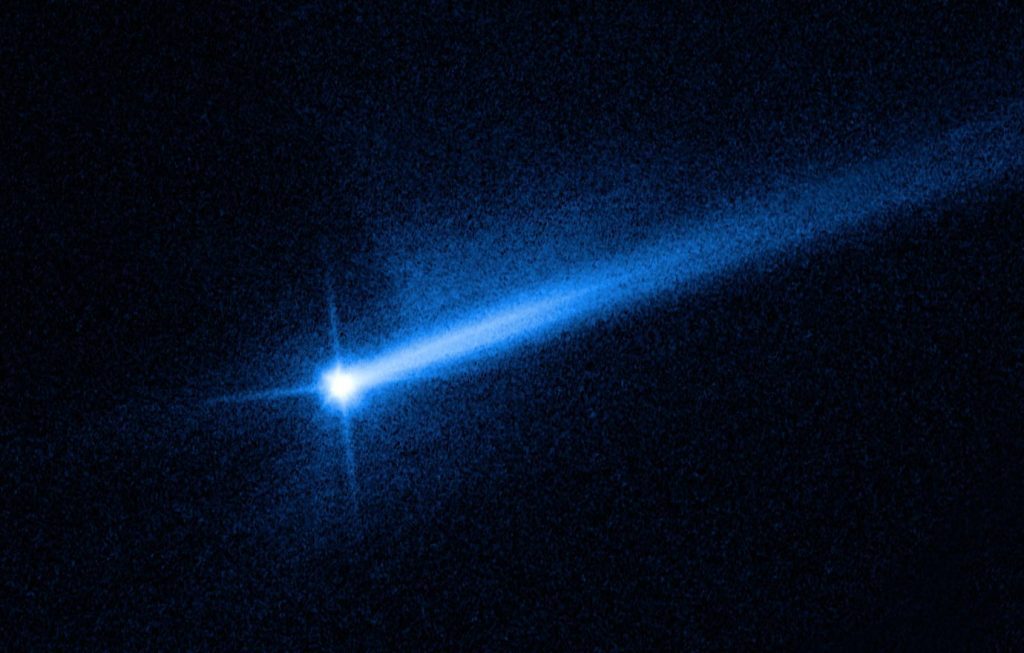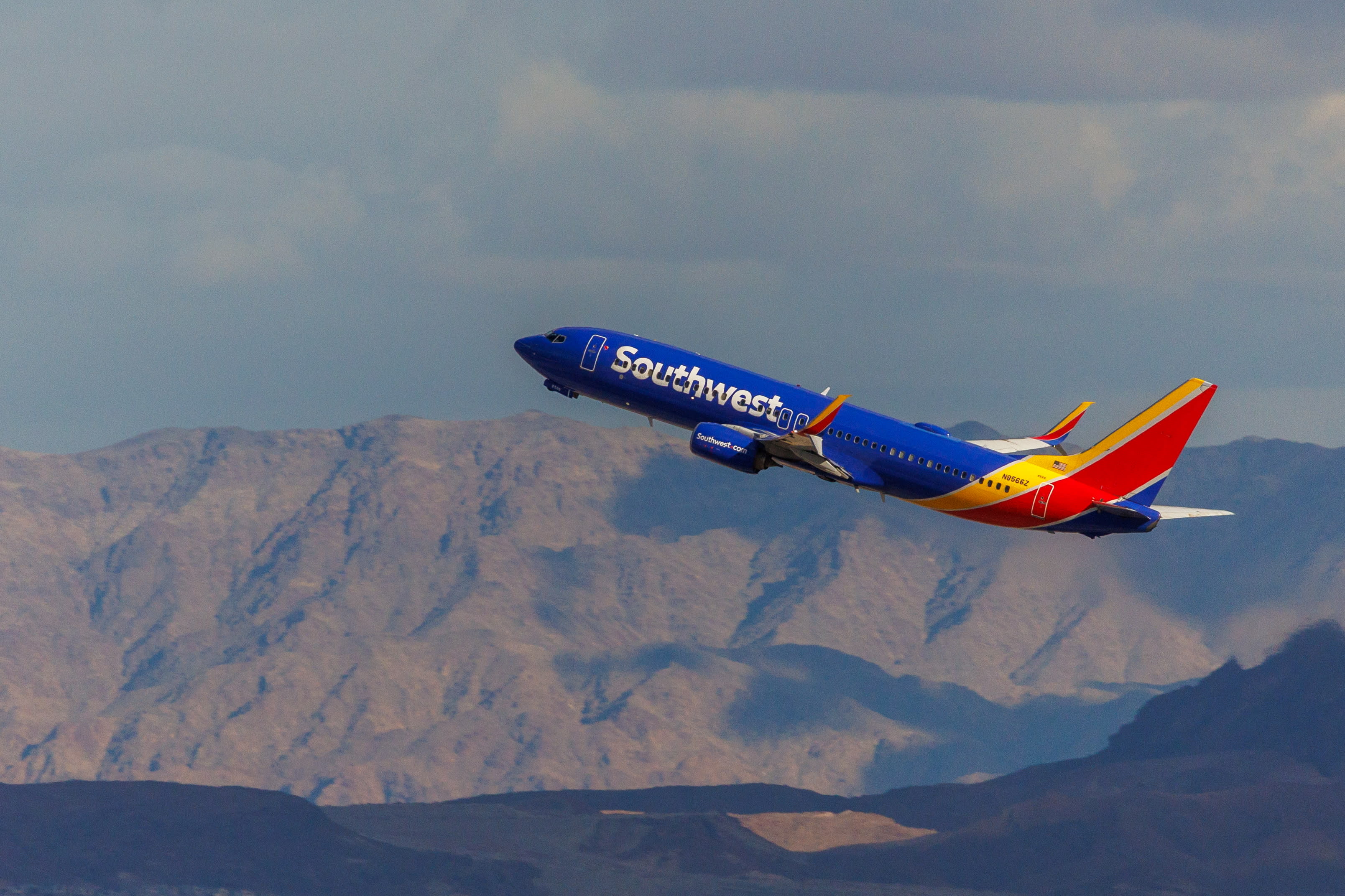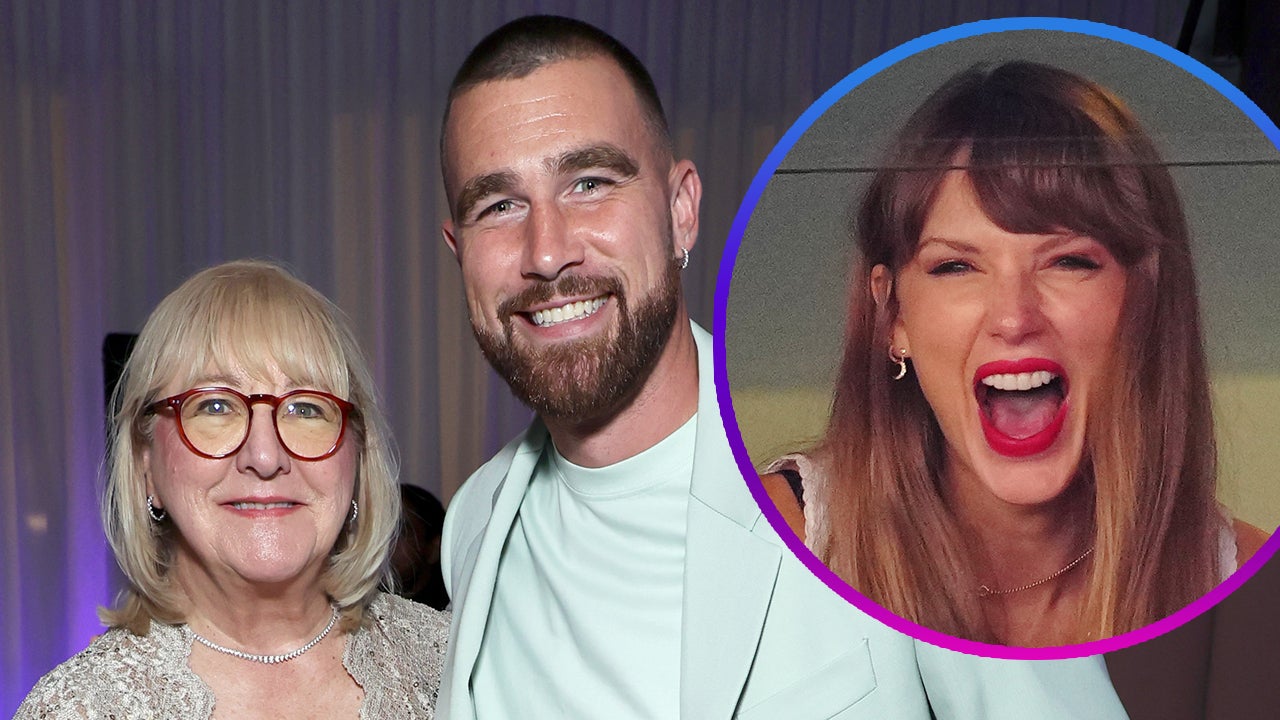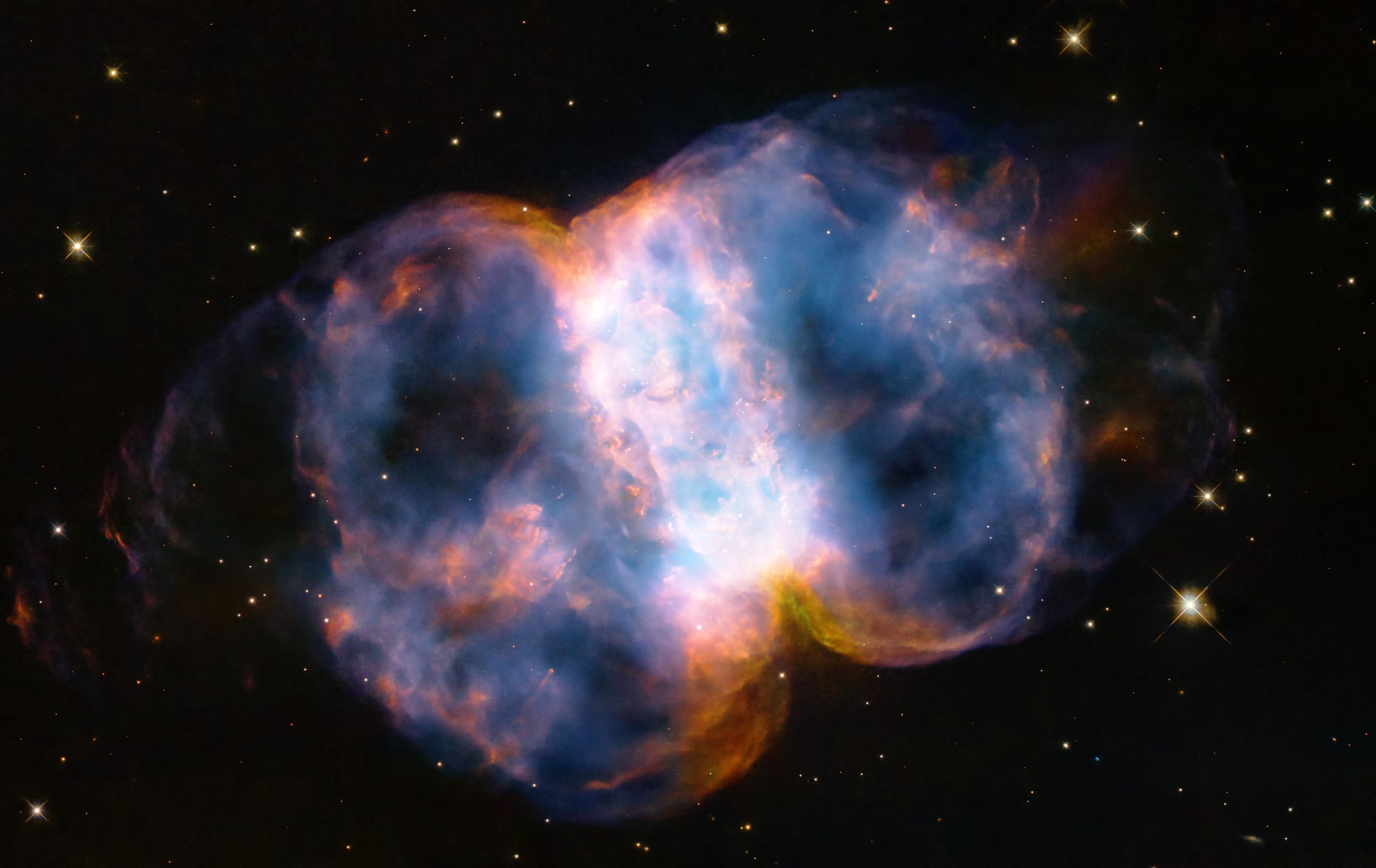
Unerwartete Auswirkungen des ersten Tests dieser Art interessieren Astronomen
Hubble Space Telescope are already revealing the clearest image of a stunning surprise — a newly developed second tail of ejecta.

Two tails of dust ejected from the Didymos-Dimorphos asteroid system are seen in new images from NASA’s Hubble Space Telescope, documenting the lingering aftermath of NASA’s Double Asteroid Redirection Test (DART) impact. Hubble has made 18 observations of the system following impact. Imagery indicates the second tail formed between October 2 and October 8. In this image, DART impacted the Didymos-Dimorphos system from the 10 o’clock direction. The relationship between the comet-like tail and other ejecta features seen at various times in images from Hubble and other telescopes is still unclear, and is something the Investigation Team is currently working to understand. Credit: Science: NASA, ESA, STScI, Jian-Yang Li (PSI), Image Processing: Joseph DePasquale
NASA’s Hubble Space Telescope Spots Twin Tails in New Image After DART Impact
New images from NASA’s Hubble Space Telescope clearly reveal two tails of dust ejected from the Didymos-Dimorphos asteroid system. These images are part of Hubble’s work in documenting the lingering aftermath of NASA’s Double Asteroid Redirection Test (DART) impact.
On September 26, the DART spacecraft intentionally impacted Dimorphos, a small moonlet of Didymos in a planetary defense test. The goal was to change Dimorphos’ orbit by crashing into it. Current data show that DART was successful and shortened Dimorphos’ original 11-hour and 55-minute orbit around Didymos by about 32 minutes.
Over the last several weeks, repeated observations from Hubble have provided scientists with a more complete picture of how the system’s debris cloud has evolved over time. The observations show that the ejected material, or “ejecta,” has expanded and faded in brightness as time went on after impact, largely as expected. Although the twin tail is an unexpected development, similar behavior is often seen in comets and active asteroids. The latest Hubble observations provide the best-quality image of the double-tail to date.

Two tails of dust ejected from the Didymos-Dimorphos asteroid system are seen in new images from NASA’s Hubble Space Telescope, documenting the lingering aftermath of the NASA’s Double Asteroid Redirection Test (DART) impact.
At the top right of the image, there are arrows indicating the direction of impact by the DART spacecraft. The direction of impact arrow points in the 10 o’clock direction. The ‘to Sun’ arrow points in the 8 o’clock direction.
Following impact, Hubble made 18 observations of the system. Imagery indicates the second tail formed between October 2 and October 8.
At the bottom right are compass arrows that indicate the orientation of the image on the sky. The north arrow points directly straight up. The east arrow points to the left in the 9 o’clock direction. In the top left corner of each image are the filters used to create the image. For Hubble, F350LP is blue.
Credit: Science: NASA, ESA, STScI, Jian-Yang Li (PSI), Image Processing: Joseph DePasquale
Hubble made 18 observations of the system following the DART impact. Imagery indicates the second tail formed between October 2 and October 8.
In this image, DART impacted the Didymos-Dimorphos system from the 10 o’clock direction.
The relationship between the comet-like tail and other ejecta features seen at various times in images from Hubble and other telescopes is still unclear, and is something the Investigation Team is currently working to understand. The northern tail is newly developed. In the coming months, scientists will be taking a closer look at the data from Hubble to determine how the second tail developed. There are a number of possible scenarios the team will investigate.

This NASA Hubble Space Telescope image from October 8, 2022, shows the debris blasted from the surface of Dimorphos 285 hours after the asteroid was intentionally impacted by NASA’s DART spacecraft on September 26. The shape of that tail has changed over time. Scientists are continuing to study this material and how it moves in space, in order to better understand the asteroid. Credit: NASA/ESA/STScI/Hubble
The Hubble data were collected as part of Cycle 29 General Observers Program 16674.
The Hubble Space Telescope is a project of international cooperation between NASA and ESA. NASA’s Goddard Space Flight Center in Greenbelt, Maryland, manages the telescope. The Space Telescope Science Institute (STScI) in Baltimore, Maryland, conducts Hubble and Webb science operations. STScI is operated for NASA by the Association of Universities for Research in Astronomy, in Washington, D.C.

„Überall Tierfreund. Aufreizend bescheidener Verfechter der Popkultur. Extremer Bierfanatiker. Social-Media-Fan. Typischer Gamer.“





More Stories
Hubble feiert seinen 34. Jahrestag mit einem atemberaubenden Blick auf den Kleinen Hantelnebel
Im Katzenkrallennebel verbirgt sich eines der größten jemals gesehenen Weltraumteilchen
SpaceX hat mittlerweile mehr Trägerraketen gelandet als die meisten anderen jemals gestarteten Raketen